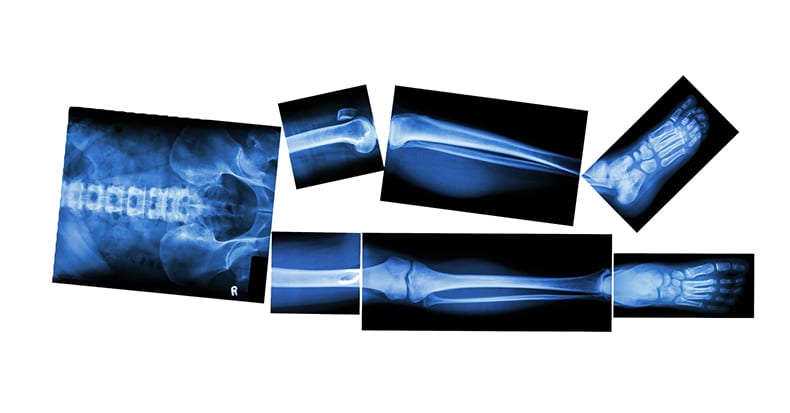The body is an interconnected whole and needs to be looked at as such in order to get at the root of a spinal problem. We are all familiar with low back trauma, bending, and stooping in awkward positions to lift something from a trunk, or the slip and fall on ice. In these examples, it's easy to see how the trauma preceded the low back pain.
But sometimes pains in the low back are not so easy to figure out. One area of the spine could be compensating in posture for another, inhibiting a vertebral joint's ability to fully recover. Or maybe you're suffering from the cumulative effects of microtrauma over time.
Such is the short leg. About 1 in 10 people will have an anatomic difference in leg length of up to one centimeter. This short leg causes the pelvis to incline to one side providing an uneven support for the base of your spine. It's a little like walking with one foot in a small ditch. The uneven pelvis then causes a lumbar scoliosis, which must be further compensated from above.
But a short leg can also be functional, due perhaps to a small or collapsed arch of the foot. This can account for up to 5 mm of leg length difference. Do you have a history of having flat feet or have you ever sprained one of your ankles? The sprained ankle can damage ligaments to such a degree that the normal arch of the foot can no longer be maintained.
Depending on the degree of the problem, it may be possible to help your low back pain by correcting a problem in the foot. Many in-shoe orthotics are available to correct a fallen arch. If the problem is very severe, you may also need to visit a podiatrist.
In any case, it's important to consider the foundation of a spinal problem, and it can be as simple a problem as bad foot posture that is affecting how your low back functions. Also, problems in the sacroiliac joint or hips can affect how the lower spine moves.
So pay attention to where the pain is located, but also consider that other joints nearby may be affecting your recovery as well.



